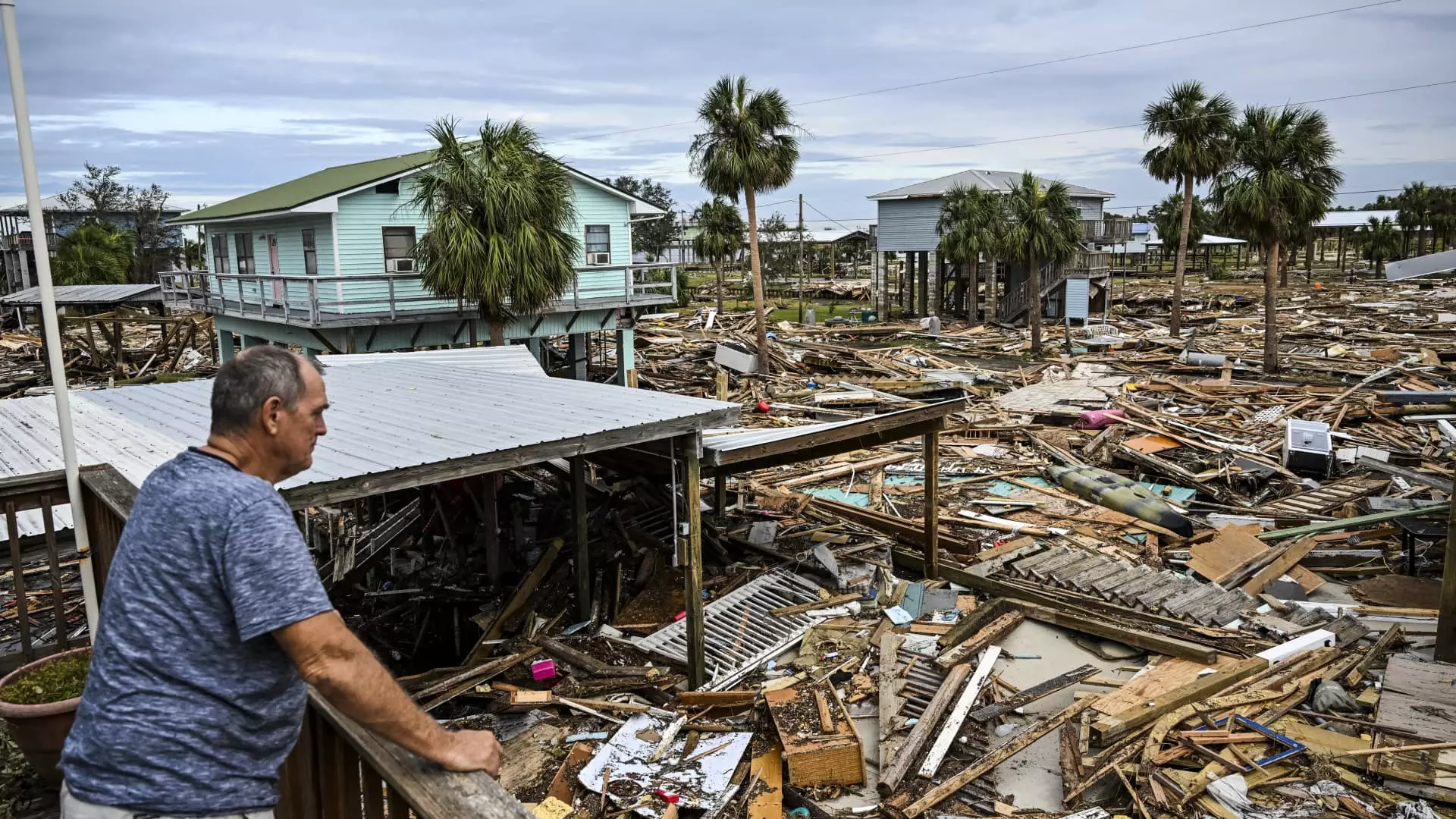Natural disasters can leave devastation in their wake, impacting countless lives and properties. While communities rally together in the aftermath, there are also financial implications that victims must navigate, particularly concerning tax relief. Tax experts note that the pathway to qualify for such assistance can often be convoluted and challenging to decipher, notably after events such as Hurricane Helene and Hurricane Milton that recently struck several southeastern states in the U.S.
In September 2023, Hurricane Helene unleashed its fury across various states including Florida, Georgia, and the Carolinas, followed shortly after by Hurricane Milton, which further exacerbated the situation with destructive winds and flooding. The financial toll from these storms is staggering, potentially reaching tens of billions of dollars in damages, impacting both those with insurance and those without. This heartbreak ignites a crucial conversation about the ways in which affected homeowners can seek relief through tax deductions for casualty losses.
Navigating Casualty Loss Deductions
For many taxpayers, the casualty loss tax deduction offers potential financial respite after catastrophic events. This deduction enables qualified individuals to amend previous tax returns to reflect losses incurred due to disasters. However, the complexity of this process cannot be overstated. The Internal Revenue Service (IRS) stipulates that only losses occurring in federally declared disaster areas may qualify, a rule put into place by the Tax Cuts and Jobs Act of 2017 that limits eligibility and extends through the year 2025.
Understanding how to qualify for this deduction begins with determining the original purchase price of the property along with the costs of any significant improvements—collectively known as the “adjusted basis.” Certified public accountants warn that accurately assessing the fair market value of a home before and after a disaster is crucial, yet often absent reliable appraisals during times of crisis. The IRS has outlined “safe harbor methods” to alleviate this burden, which typically do not mandate formal appraisals.
To calculate your casualty loss deduction, homeowners must first ascertain the pre-disaster fair market value of their property. The next step involves comparing this value with the property’s adjusted basis and selecting the lesser of the two. Complicating matters further, taxpayers must subtract any insurance payments and other forms of relief received from the calculated loss.
Ultimately, the homeowner must also account for a $100 deduction and an additional 10% of their adjusted gross income (AGI). As tax experts have pointed out, the impact of a higher AGI on the final determination of the casualty loss can significantly reduce the relief amount available to the taxpayer.
There are specific scenarios where taxpayers may find themselves eligible for modified casualty loss treatment through congressional action—often termed “qualified disaster losses.” In these cases, the threshold for what can be claimed is elevated. Instead of a $100 deduction, victims can deduct $500, and the 10% AGI limit is removed entirely. This rare but advantageous category allows homeowners to stack their losses on top of the standard deduction, offering increased financial assistance during already challenging times.
For victims of natural disasters, understanding how to navigate tax relief options is essential yet intricate. With deadlines looming and the urgency of recovery at the forefront, many find themselves overwhelmed. Acknowledging that the hurdles of determining eligibility, calculating potential deductions, and accessing necessary documentation can seem insurmountable, seeking guidance from tax professionals is advisable. In the chaotic aftermath of natural disasters, savvy financial planning and consultation can pave the way for recovery, enabling communities to rebuild and move forward with resilience.

